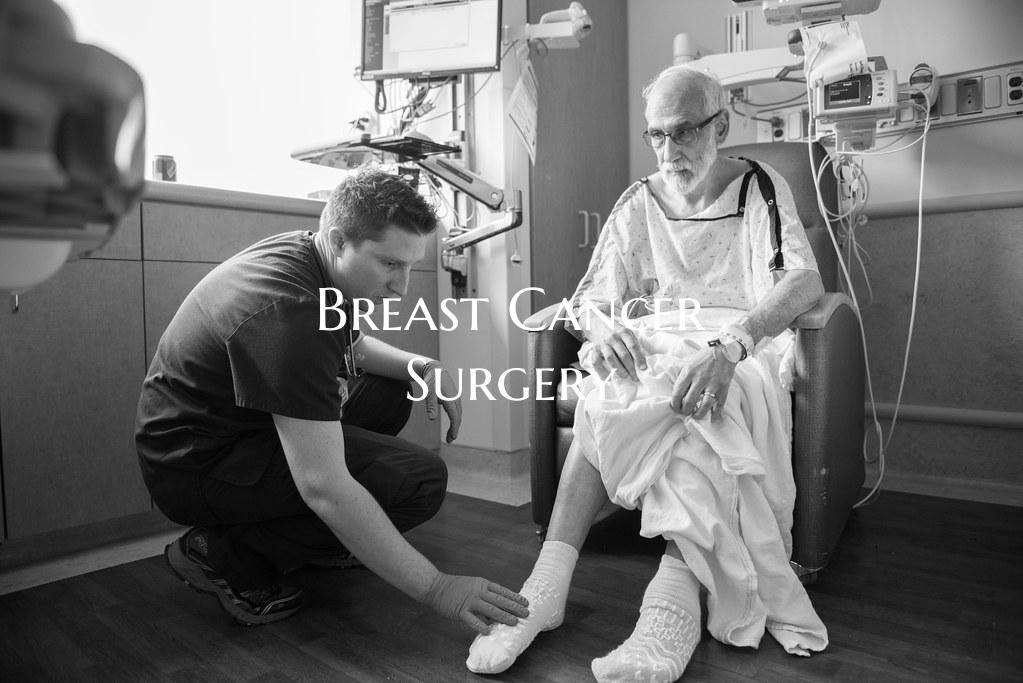
Breast Cancer Surgery
Breast cancer surgery is a common treatment option for individuals diagnosed with breast cancer. The primary goal of surgery is to remove the cancerous tumor and any affected surrounding tissue in order to prevent the spread of cancer to other parts of the body.
There are several types of breast cancer surgery, the most common ones being lumpectomy and mastectomy. A lumpectomy involves removing only the tumor and a small margin of surrounding tissue, while a mastectomy involves removing the entire breast. The choice of surgery depends on factors such as the size and location of the tumor, the individual's overall health, and personal preferences.
In addition to the main surgery, some patients may require lymph node removal to determine if the cancer has spread beyond the breast. This is typically done through a procedure called sentinel lymph node biopsy.
Following breast cancer surgery, patients may undergo additional treatments such as radiation therapy, chemotherapy, hormone therapy, or targeted therapy to further reduce the risk of cancer recurrence.
Recovery from breast cancer surgery varies from person to person but typically involves a period of rest and limited physical activity. Patients may experience side effects such as pain, swelling, and changes in appearance, which can be managed with medication and support from healthcare professionals.
It is important for individuals undergoing breast cancer surgery to follow their healthcare team's recommendations for post-operative care, including attending follow-up appointments and monitoring for any signs of complications.
Overall, breast cancer surgery plays a crucial role in the treatment of breast cancer and can help improve outcomes and quality of life for individuals affected by this disease.